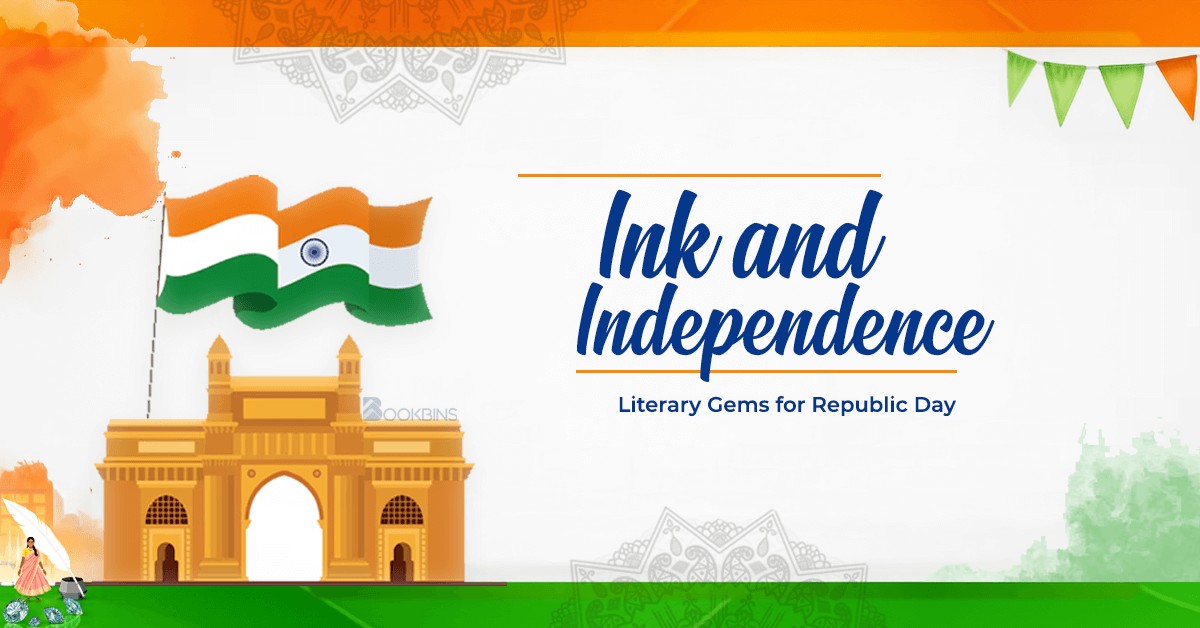
Cover Stories: Exploring the Art and Significance of Book Cover Design
They say, “Don’t judge a book by its cover !” but in the world of publishing, judging books by their covers play a significant role in attracting readers. A well-designed cover can captivate the audience, convey the essence of the story, and create a lasting impression. In this blog, we will delve into the fascinating realm of book cover design, exploring the elements of design, symbolism, and the impact of book covers on attracting readers. We will also highlight visually stunning covers that exemplify the importance of cover art.
The Elements of Design
Design is the first aspect that catches a reader’s eye. A visually appealing cover can spark curiosity and draw readers into the world of the book. Let’s examine some key book cover design elements:
Typography
The choice of fonts, their size, and style can greatly influence the overall look and feel of a book cover. Bold and unique typography can make a book stand out on the shelves, while elegant and traditional fonts can convey a sense of classic literature.
Colour Palette
Colours evoke emotions and set the tone for a book. Vibrant hues can create a sense of energy and excitement, while muted tones may suggest a more somber or introspective story. The colour palette must align with the genre and theme of the book to attract the target readership.
Imagery
The use of images, illustrations, or graphics can provide visual cues about the story within. Symbolic images or metaphors can hint at the themes or characters, captivating the reader’s imagination. The choice of imagery should be both captivating and representative of the book’s content.

Symbolism and Storytelling
Book covers are not merely eye-catching designs; they serve as visual storytellers, conveying themes and narratives. A well-executed cover can hint at the story’s essence, generating intrigue and anticipation, and attracting readers through cover art. Let’s explore some examples of symbolism in book cover designs:
“The Great Gatsby” by F. Scott Fitzgerald
The cover of this classic novel often features a pair of eyes peering out from a dark background, symbolizing the themes of longing, obsession, and the elusive American Dream.
“To Kill a Mockingbird” by Harper Lee
The iconic cover depicts a mockingbird, a symbol of innocence and vulnerability, encapsulating the novel’s exploration of racial injustice and the loss of innocence.
“The Hunger Games” by Suzanne Collins
The cover showcases a stylized mockingjay, a hybrid bird, representing rebellion and resilience. The mockingjay becomes a central symbol throughout the series, reflecting the protagonist’s fight against oppression.
Impact on Attracting Readers
A compelling book cover can make the difference between a reader picking up a book or passing it by. The cover acts as the first point of contact between the reader and the story, and it must entice the reader to explore further. Here’s why cover art is crucial:
Visibility and Recognition
In a crowded marketplace, a striking cover stands out, catching the reader’s attention. Readers often rely on familiar authors or captivating cover art to guide their selection process, making cover recognition essential for authors and publishers.
Genre Identification
Book covers play a vital role in indicating the genre and target audience. A thriller cover with dark, ominous imagery and bold typography differs greatly from a romance cover adorned with soft pastels and elegant fonts. The cover’s design must align with the expectations and preferences of the genre’s readers.
Emotional Connection
A well-designed cover can evoke emotions and create a connection with the reader. By visually representing the book’s themes and characters, the cover appeals to readers who resonate with those elements, drawing them into the story.
Visually Stunning Book Covers
Now, let’s explore some visually stunning book covers that demonstrate the power of cover art:

“The Night Circus” by Erin Morgenstern
This cover captivates with its intricate black and white design, depicting a circus tent with enchanting details. The cover mirrors the whimsical and magical atmosphere of the story, promising readers an immersive experience.
“The Alchemist” by Paulo Coelho
The cover showcases a vibrant, mystical illustration of an alchemist’s hand reaching for the sun. The vivid colours and symbolic imagery align with the book’s theme of personal transformation and spiritual enlightenment.
“Circe” by Madeline Miller
The cover features an enchanting illustration of a woman surrounded by mystical elements, inviting readers into the mythological world of Circe. The cover’s elegant design and subdued color palette reflect the book’s blend of mythology and feminism.
Conclusion
In conclusion, book covers are not mere wrappers; they are gateways to new worlds, inviting readers to embark on literary journeys. The art of designing a captivating cover involves meticulous attention to typography, colour, imagery, and symbolism. A well-crafted cover resonates with readers, igniting curiosity and forming an emotional connection.
Throughout this blog, we have explored the elements of design that make book covers visually appealing. Typography, colour palettes, and imagery all contribute to the overall impact of a cover. We have also delved into the significance of symbolism in book covers, where carefully chosen images and metaphors provide visual cues to the story’s essence, generating intrigue and anticipation.
The importance of cover art in attracting readers cannot be overstated. In a crowded marketplace, a striking cover stands out, catching the reader’s attention. The cover becomes the first point of contact between the reader and the story, and it must entice the reader to explore further. Cover recognition plays a vital role, with readers often relying on familiar authors or captivating cover art to guide their selection process.
Furthermore, book covers serve as genre indicators, helping readers identify the type of story they are looking for. A well-designed cover must align with the expectations and preferences of the genre’s readers, ensuring that the right audience is drawn to the book.
Perhaps most importantly, a compelling book cover can evoke emotions and create a connection with the reader. By visually representing the book’s themes and characters, the cover appeals to readers who resonate with those elements, drawing them into the story before they even turn a page.
In this blog, we have also highlighted some visually stunning book covers that exemplify the power of cover art. These covers, such as “The Night Circus,” “The Alchemist,” and “Circe,” not only captivate with their striking designs but also mirror the essence of the stories they represent. They demonstrate the ability of cover art to transport readers into the worlds within the books.
As we continue to judge books by their covers, let us appreciate the profound impact of these visual masterpieces on our reading experiences. Before Buy, Book covers are not merely superficial adornments but crucial components of the storytelling process. They hold the power to entice, enchant, and enthral readers, setting the stage for the literary adventures that lie within the pages.
So, the next time you pick up a book, take a moment to appreciate the thought and artistry that went into its cover. It is not just a pretty picture—it is an invitation to discover the wonders of a new narrative, a testament to the art of judging books by their covers.






